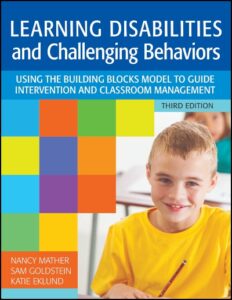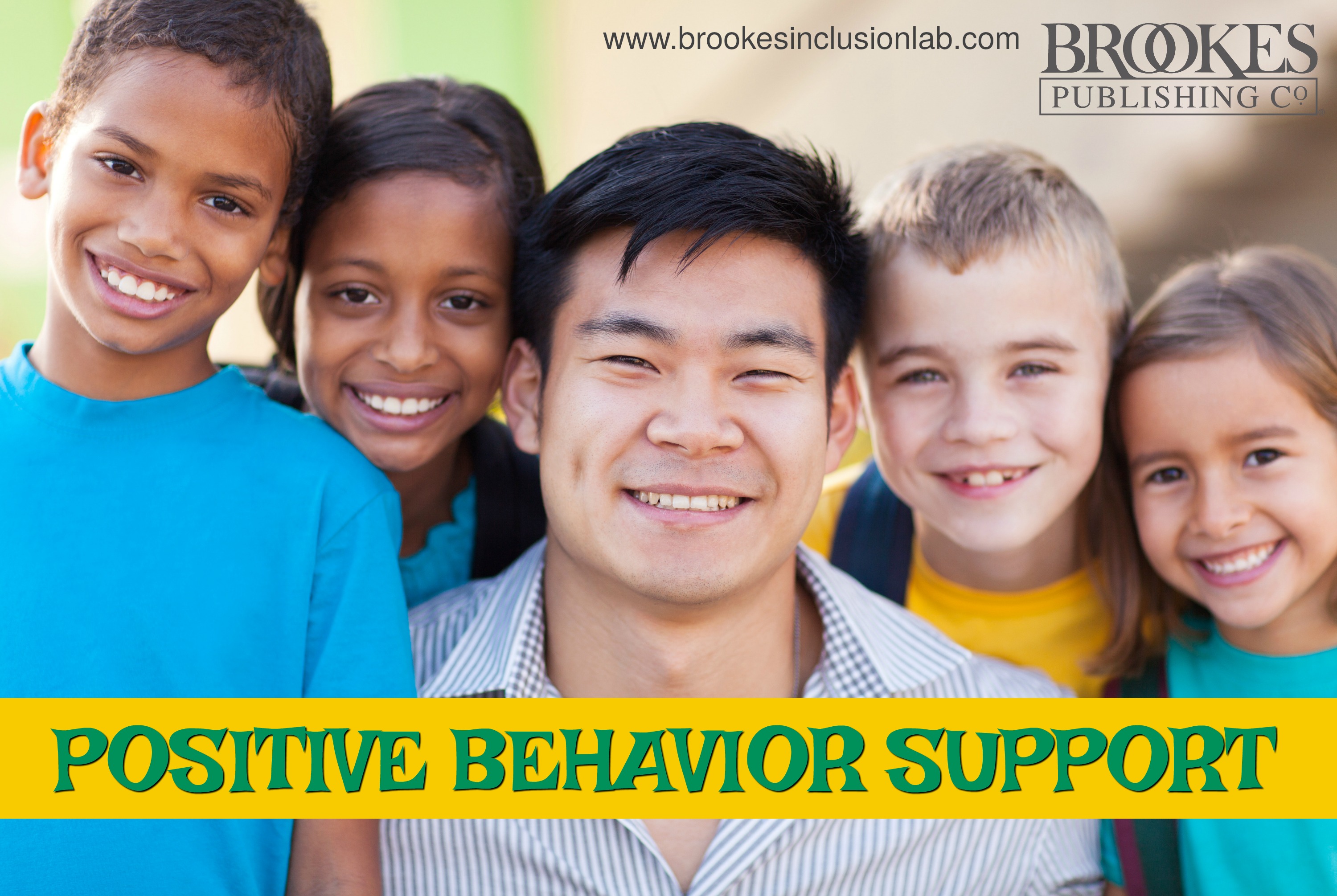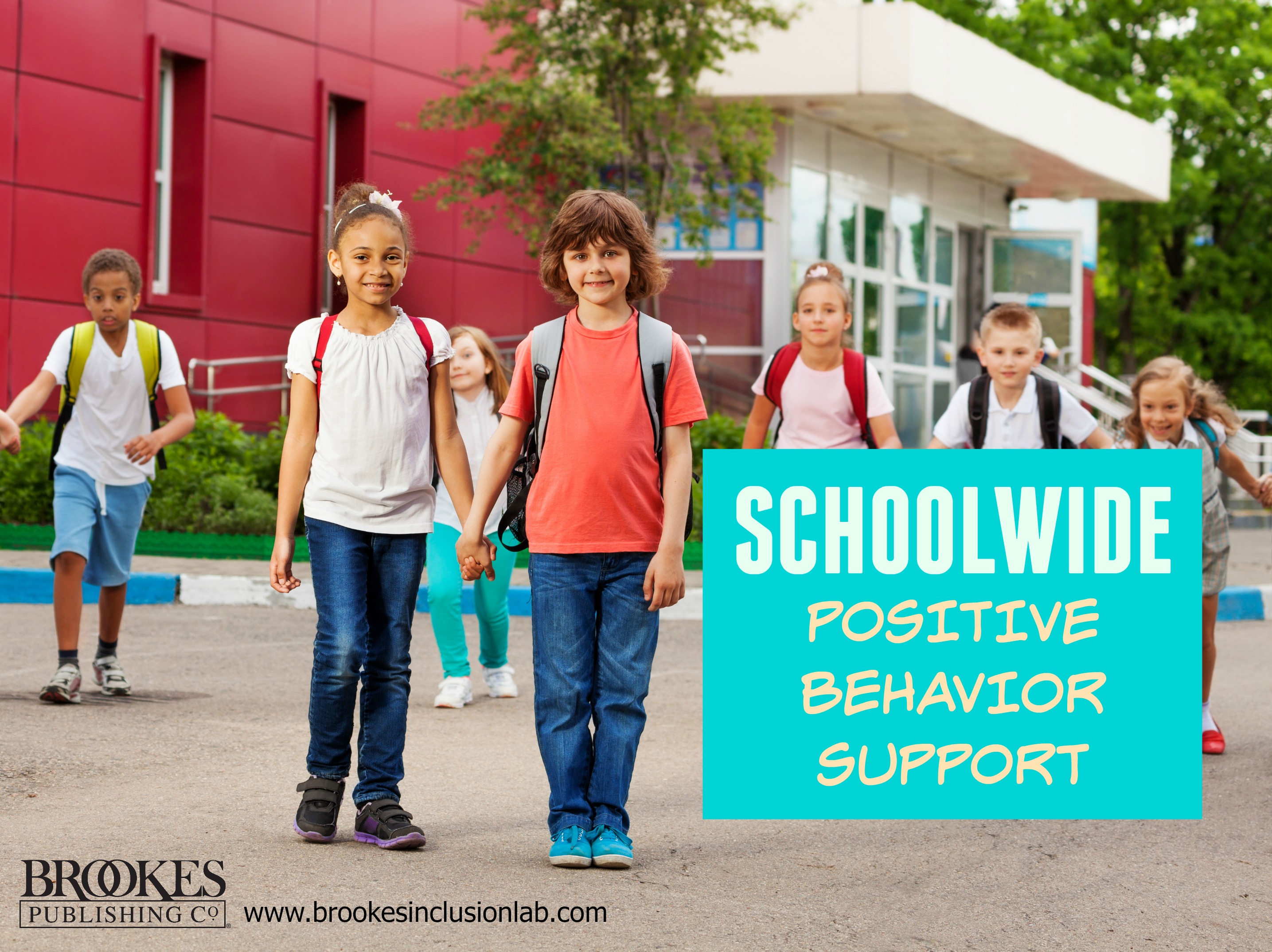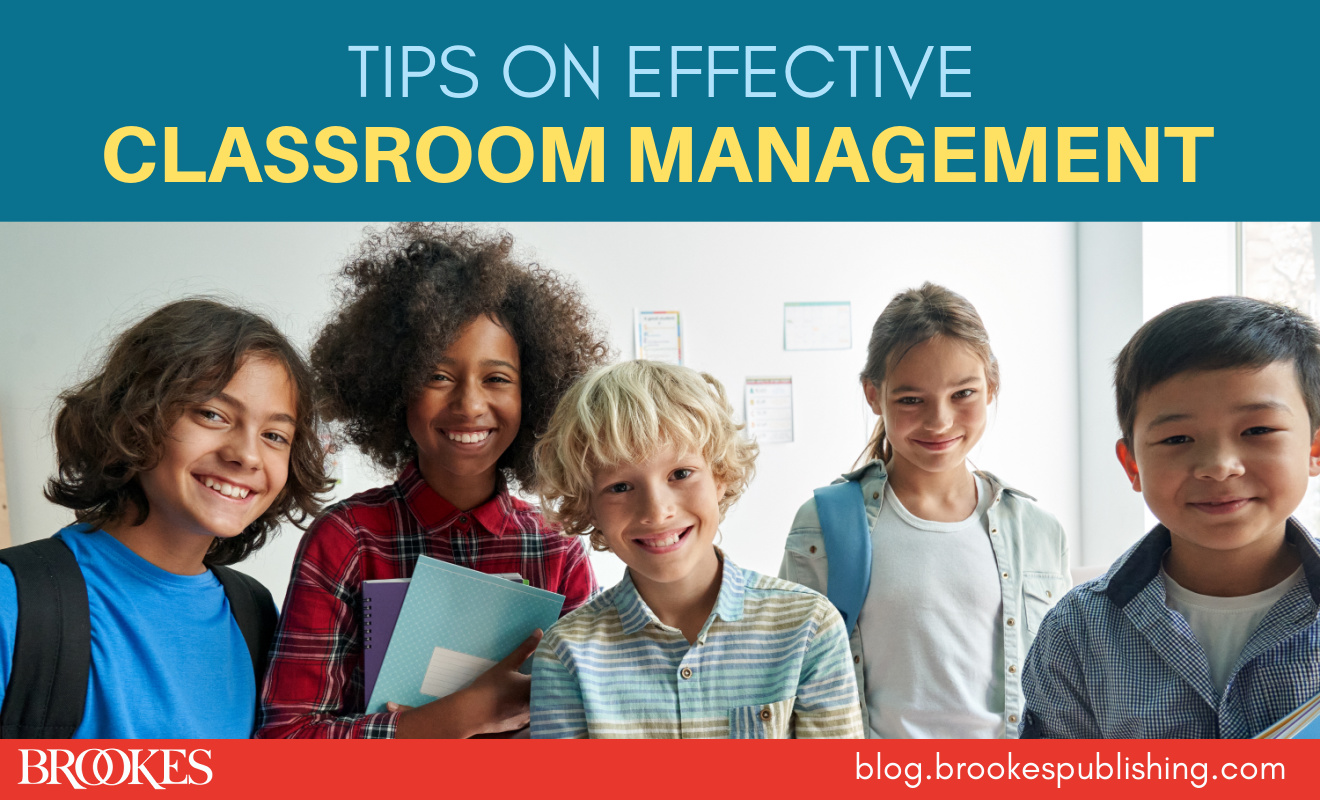 How is your new school year going so far? Now that we’re a few months in, have you been seeing more behavior challenges this year than in previous years? If you’re looking for some trauma-informed teaching tips to support students during the ongoing pandemic, be sure to read this post adapted from the work of trauma expert Jen Alexander. And if you need some classroom management tips to help you prevent and address challenging behavior, today’s post is for you.
How is your new school year going so far? Now that we’re a few months in, have you been seeing more behavior challenges this year than in previous years? If you’re looking for some trauma-informed teaching tips to support students during the ongoing pandemic, be sure to read this post adapted from the work of trauma expert Jen Alexander. And if you need some classroom management tips to help you prevent and address challenging behavior, today’s post is for you.
Excerpted and adapted from Learning Disabilities and Challenging Behaviors, Third Edition, by Nancy Mather, Sam Goldstein, and Katie Eklund, this post offers 11 classroom management tips every teacher should put into practice. See if there’s something on this list that you’re not already doing—and if there’s an effective strategy you think we should add, let us know in the comments!
Learn students’ histories. Learn as much as possible about each of your students (you can do this anytime, though it’s good to do it as early as possible in the school year). If an issue arises with a student, reach out to the child’s parents/caregivers and previous teachers and find out more about that student’s history. Parents and past teachers can often provide valuable insights about the causes of specific behaviors and suggest strategies that worked well with the student before. Keep good notes on what strategies have been effective with individual students.
If an issue arises with a student, reach out to the child’s parents/caregivers and previous teachers and find out more about that student’s history. Parents and past teachers can often provide valuable insights about the causes of specific behaviors and suggest strategies that worked well with the student before. Keep good notes on what strategies have been effective with individual students.
Set clear classroom expectations. These expectations should be brief and easy to understand, and they should clearly communicate expected behavior and not restricted behavior. Schools should develop three to five positively stated expectations that can cover a wide range of behaviors, such as “Be respectful, be responsible, be safe.” Ideally, these should be schoolwide expectations that each individual teacher can display, teach, and reinforce consistently throughout the year.
 Provide positive reinforcement. Once your students understand behavioral expectations, you’ll want to identify opportunities to positively reinforce students for following them. This should include verbal praise that clearly describes the prosocial behavior you’re targeting. For example, saying “I like how Nathan is being safe by walking in the hallway” is much more powerful than reprimanding your students for running in the hall. Focusing on the positive and supporting it with behavior-specific praise will shape your students’ behavior more effectively.
Provide positive reinforcement. Once your students understand behavioral expectations, you’ll want to identify opportunities to positively reinforce students for following them. This should include verbal praise that clearly describes the prosocial behavior you’re targeting. For example, saying “I like how Nathan is being safe by walking in the hallway” is much more powerful than reprimanding your students for running in the hall. Focusing on the positive and supporting it with behavior-specific praise will shape your students’ behavior more effectively.
Model desired behaviors. If you model self-discipline and courtesy consistently in your classroom, your students will be more likely to engage in appropriate behavior as well. Students often model behaviors they see demonstrated by the important adults in their life.
Give students more chances to engage. To keep your students more actively engaged in the curriculum, increase opportunities for students to respond to your prompts throughout the day. Try to give students approximately four to six opportunities to respond per minute: either verbally, written, individually, or in choral response. Boosting engagement and giving your students many chances to participate can help decrease negative behaviors.
 Partner with parents. Strong teacher–parent partnerships play an essential role in managing student behavior concerns. Parents and other family members can share information and insights with you and help you develop effective, individualized strategies. Reach out to parents early in the year through back-to-school night or an introductory letter home, introduce parents to classroom behavior expectations, and identify preferred strategies for communication (e.g., email, phone calls, texts) when concerns arise. Be sure to use proactive strategies to communicate with parents throughout the year, such as calling individual parents or sending home an encouraging note when a student experiences success in the classroom.
Partner with parents. Strong teacher–parent partnerships play an essential role in managing student behavior concerns. Parents and other family members can share information and insights with you and help you develop effective, individualized strategies. Reach out to parents early in the year through back-to-school night or an introductory letter home, introduce parents to classroom behavior expectations, and identify preferred strategies for communication (e.g., email, phone calls, texts) when concerns arise. Be sure to use proactive strategies to communicate with parents throughout the year, such as calling individual parents or sending home an encouraging note when a student experiences success in the classroom.
Avoid power struggles. No one wins a power struggle. When students attempt to engage you in a confrontation, don’t enter the battle. Instead, wait until a time when the interaction will be calmer and more positive.
Show respect. Even during conflicts or difficult times, maintain your sense of professionalism and respect for all students. When possible, try to provide constructive/corrective student feedback in a private, quiet setting. Embarrassing students in front of their peers often results in mistrust developing between teacher and student.
Use class meetings to address conflict. Class meetings can be an effective way to seek solutions when conflicts involve multiple class members. There are a few different types of meetings you can try. In open meetings, you provide a safe space for students to express and share their feelings without retribution. In problem-solving meetings, the focus is on identifying the problem, reviewing alternatives, deciding on a solution, and implementing it. In decision-making meetings, you can invite the whole class to discuss and help choose a future program or activities for the classroom.
Try mediation strategies. When conflicts arise between individual students, you might try a mediation approach to help them resolve the issue and understand each other better. (An effective mediation approach is outlined in Ondine Gross’s book, Restore the Respect. A highly structured meeting led by an adult mediator, these sessions can help two students understand each other’s perspectives and reduce or stop maladaptive behaviors stemming from conflict.)
 When it’s over, move on. Focus on handling problems and conflicts effectively as they occur. Once consequences are administered, don’t carry a grudge or embarrass students later by bringing up a past infraction when a new issue arises.
When it’s over, move on. Focus on handling problems and conflicts effectively as they occur. Once consequences are administered, don’t carry a grudge or embarrass students later by bringing up a past infraction when a new issue arises.
Is there another classroom management strategy that’s worked well for you? Share it in the comments below—and for more guidance on supporting positive behavior and academic success for struggling students, be sure to check out the book behind today’s post!

Learning Disabilities and Challenging Behaviors, Third Edition
Why do students in Grades K–12 struggle with social and academic skills, and how can teachers help them develop the competence and confidence they need to succeed? Find practical answers in this bestselling book, a staple of teacher training since 2001.
Stay up to date on the latest posts, news, strategies, and more!
Sign up for one of our FREE newslettersMore posts like this

Positive Behavior Support: What It Looks Like, What to Watch Out For
September 12, 2017
7 Steps to Successful Schoolwide Positive Behavior Support
January 24, 2017


Write a Comment
Your email address will not be published. Required fields are marked *
Post a Comment